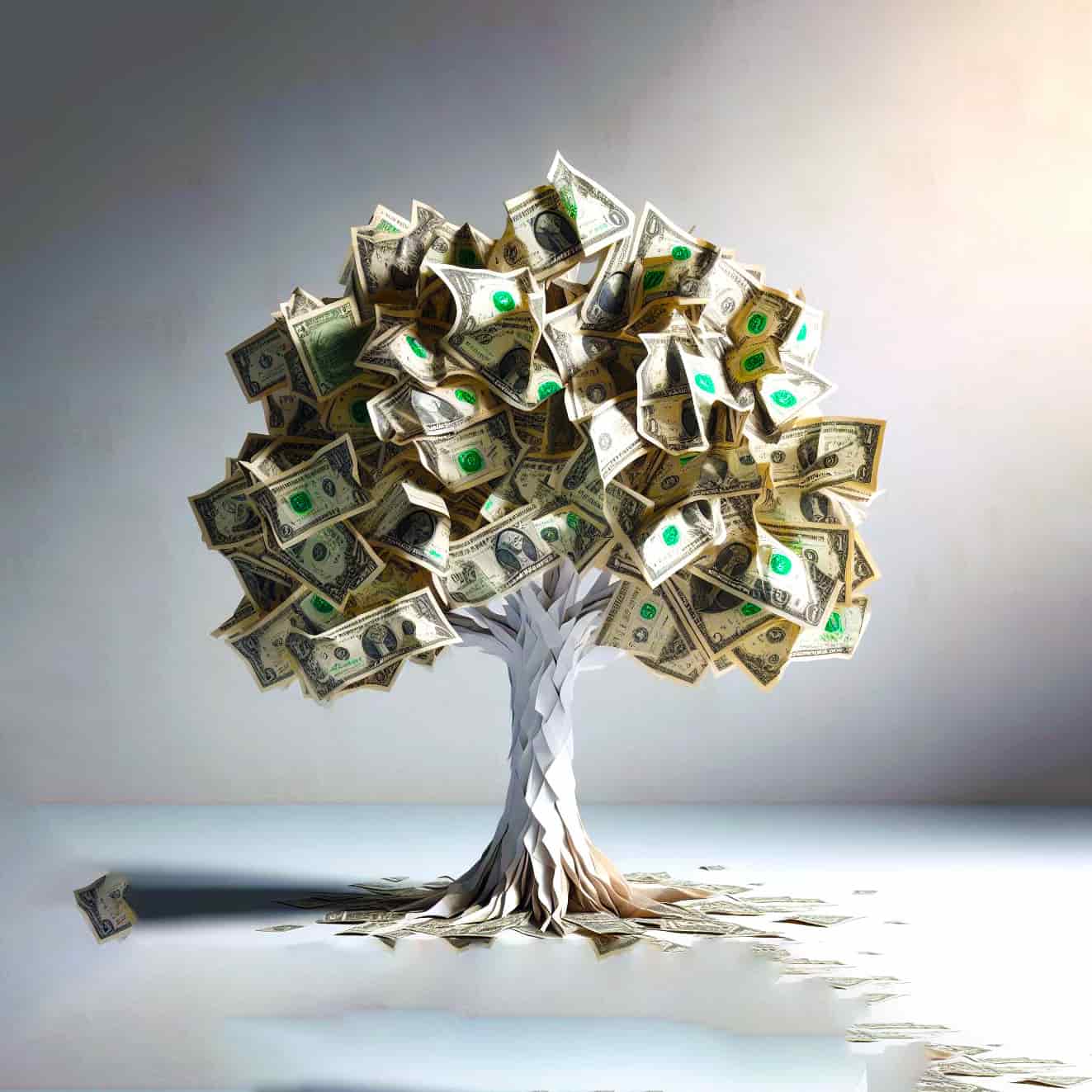Valencia’s battle against pollution intensifies as the latest report, exposes the city’s most contaminated streets, with Benimaclet emerging as the epicentre of environmental concern.
In the relentless pursuit of sustainable urban living, the city of Valencia finds itself grappling with a persisting foe: pollution. Despite the increasing advocacy for cycling and public transport, the latest report, ‘Cycling with Clean Air,’ emanating from the Bicycle Defence Coordinator ConBici, has laid bare an inconvenient truth. Valencia, like its counterparts, grapples with air quality concerns, with Benimaclet emerging as the epicentre of this environmental conundrum.
Embarking on a two-year-long odyssey of citizen science, volunteers armed with portable meters pedalled through the labyrinthine streets of 16 Spanish cities, gathering real-time data on air quality. The results of this exhaustive endeavour, while illuminating, cast a shadow on the air we breathe in large urban spaces.
In the early hours, when the city begins to stir, the air quality in Valencia is at its most compromised. Morning rush hour, from 7:00 a.m. to 10:00 a.m., emerges as the temporal battleground of pollution, coinciding with heightened vehicular activity. During this crucial window, citizens, unaware, inhale air laden with pollutants, exposing themselves to levels surpassing the recommendations set forth by the World Health Organization (WHO).

Valencia’s overall air quality, as indicated by an average of 10.5 μg/m3 of polluting particles, exceeds the WHO’s recommended 5 μg/m3. Additionally, it nudges beyond the proposed European Parliament and Council directive, capped at 10 μg/m3. While 34.5% of the measured time showcased compliance with WHO guidelines, a staggering 65.5% remained in violation, indicating a persistent threat to public health.
The epicenter of this environmental quagmire is Benimaclet, a neighbourhood that not only surpasses WHO levels but stands out with alarming orange-red levels on Alfahuir Avenue and Hermanos Machado Avenue. This is no sudden revelation; the study conducted at the close of 2022 had already flagged Benimaclet for heightened pollution levels. Now, with the incorporation of 2023 data, the issue persists, underscoring the urgency for targeted interventions in this particular locale.
Valencia’s old city, while maintaining an average yellow-level pollution index (5-15 μg/m3), harbours streets that breach this bracket. Notably, San Vicente Mártir Street and Roger de Lauria Street surface as pollution hotspots, challenging the city’s overall environmental equilibrium.
Yet, amidst these disquieting revelations, a glimmer of optimism emerges from the report’s nuanced analysis. A “slight improvement” is discerned in the transition from 2022 to 2023. However, caution prevails, as the report emphasises that the current regulatory air quality limit of 25 μg/m3, although not breached, would be exceeded if the proposed Air Quality Directive, set at 10 μg/m3, were to be enforced.
As Valencia grapples with these revelations, the report’s findings have broader implications. The meticulous scrutiny of air quality levels and pollution hotspots serves as a clarion call for conscientious urban planning, sustainable transportation strategies, and community-driven initiatives. The plight of Valencia’s polluted streets is a microcosm of a global challenge, demanding collective action and innovative solutions to safeguard the air we breathe and the cities we inhabit.
This article is brought to you by Expat Hub Valencia, a property buying agent in Valencia. Using the Expat Hub’s services, you will be able to successfully navigate Valencia’s complicated property market in no time.
© Pollution in Valencia – Still Trailing European Standards – Valencian.es
Get some more Environment News like Pollution in Valencia
